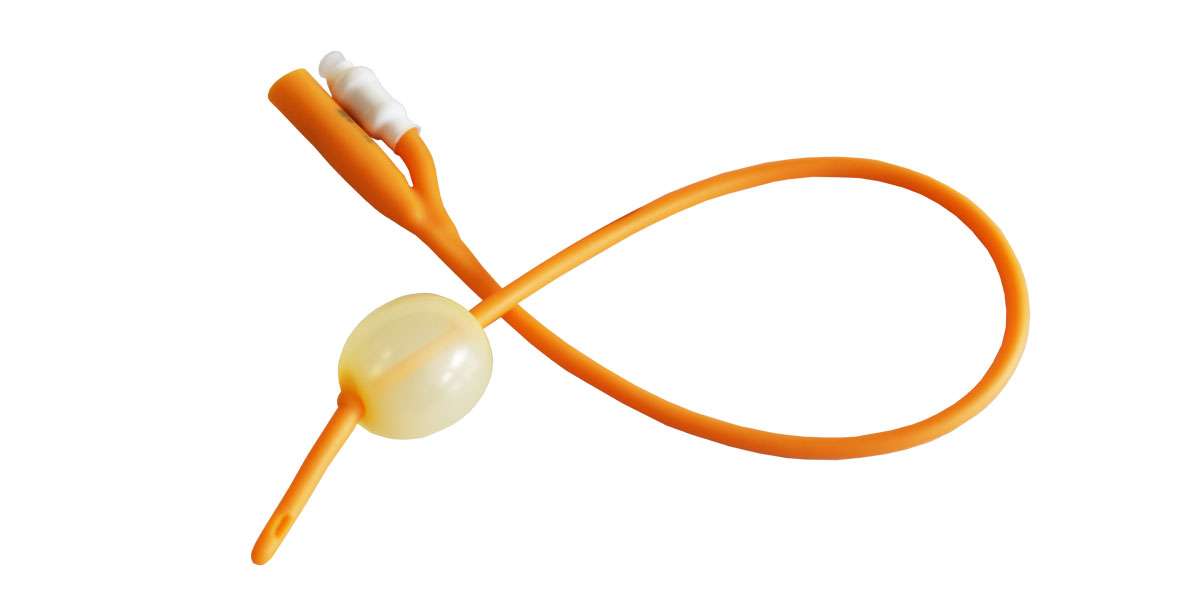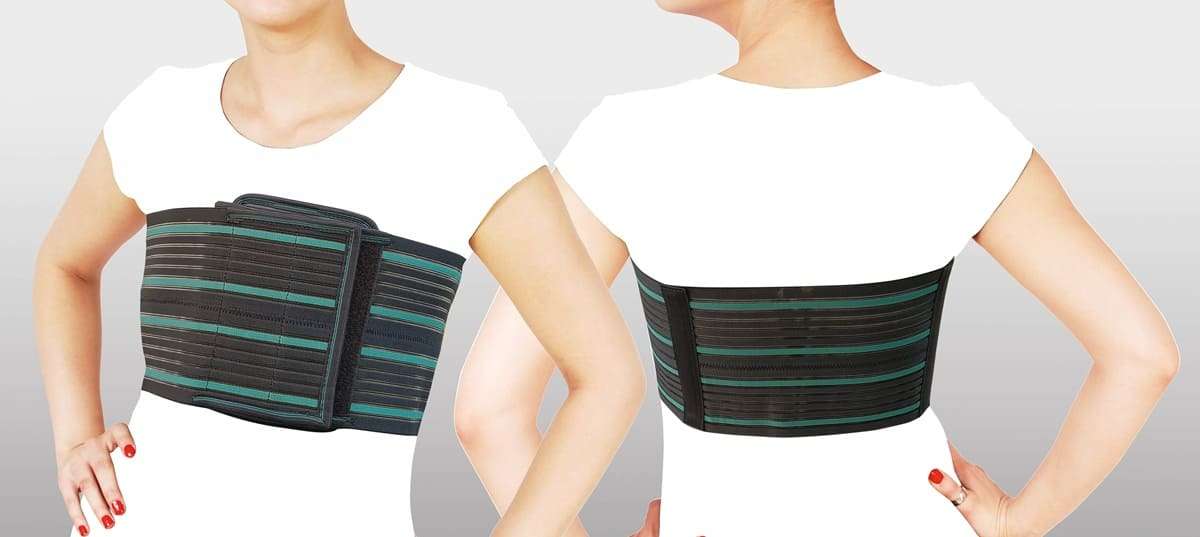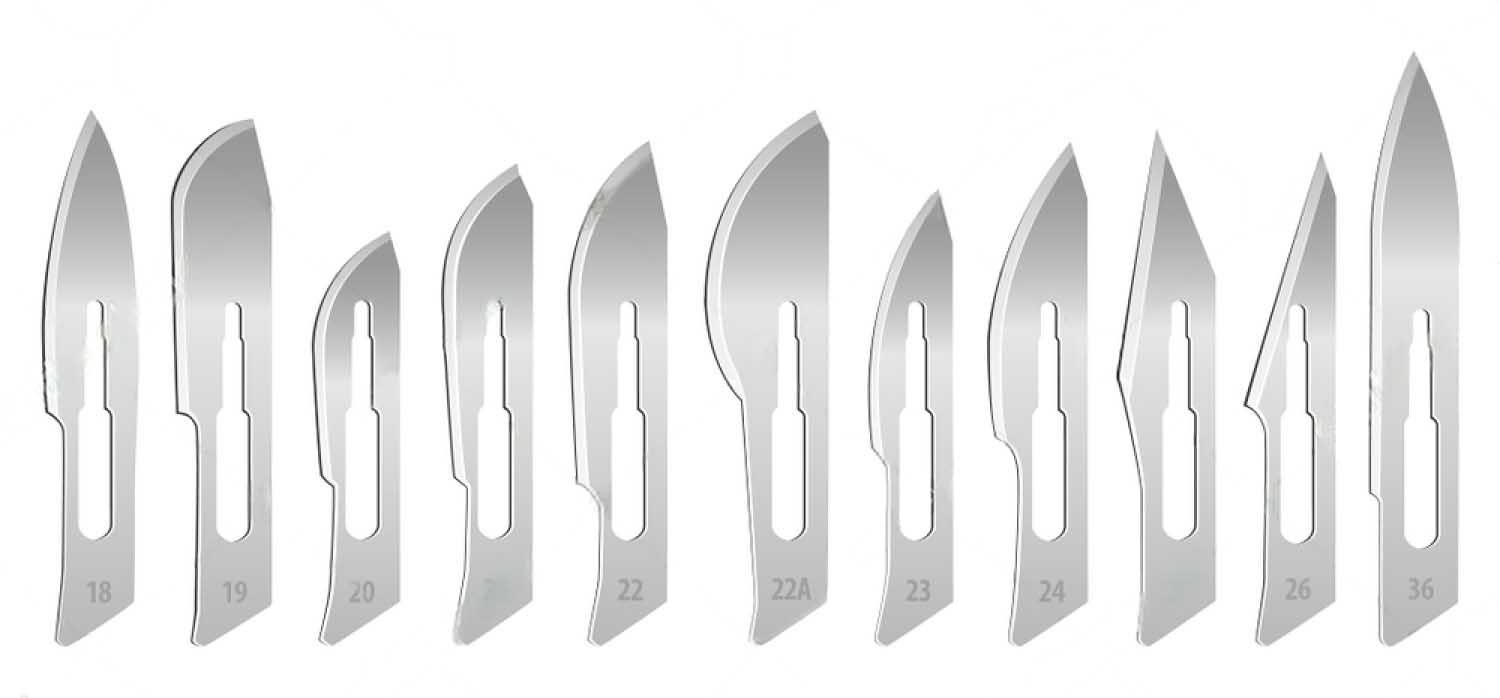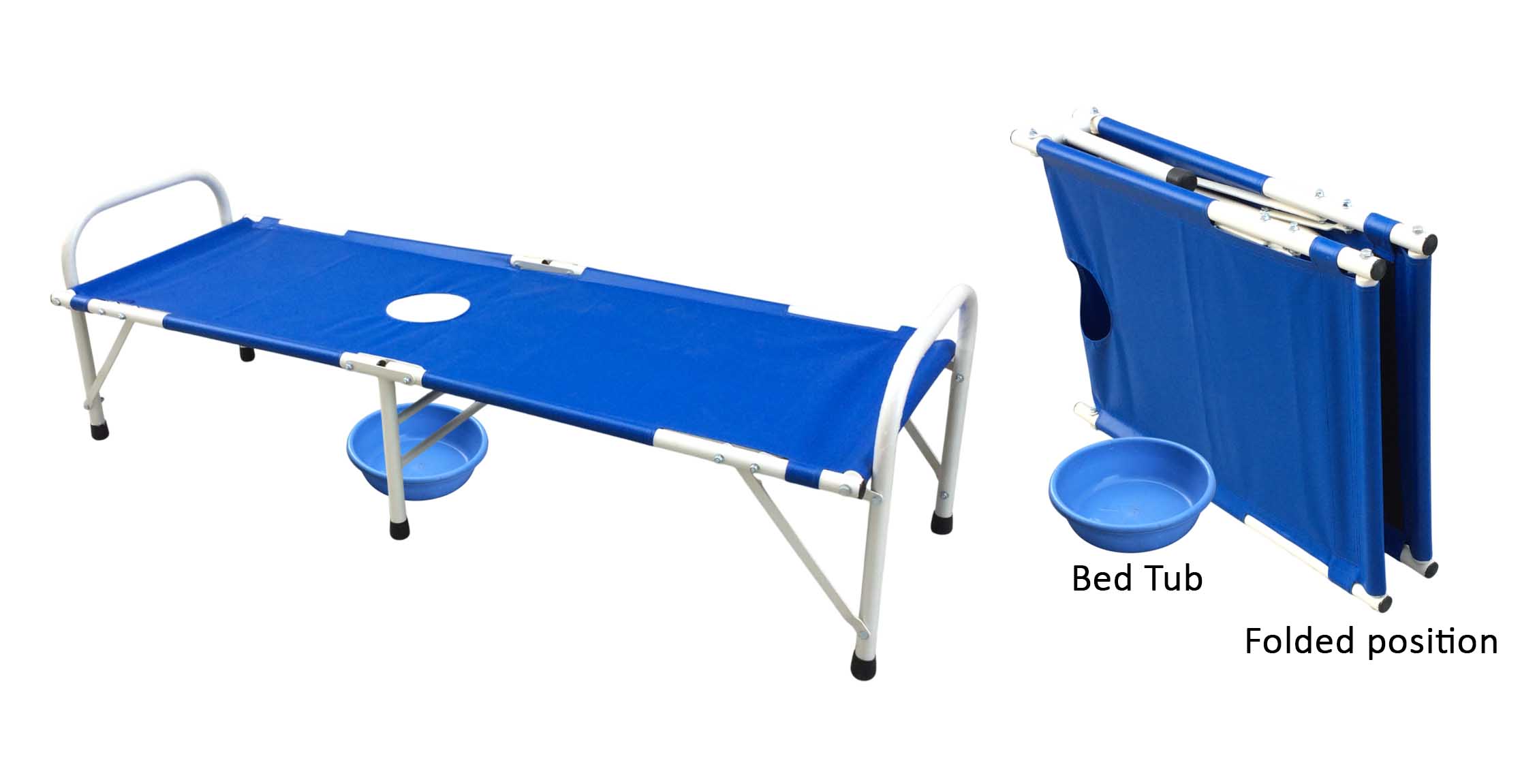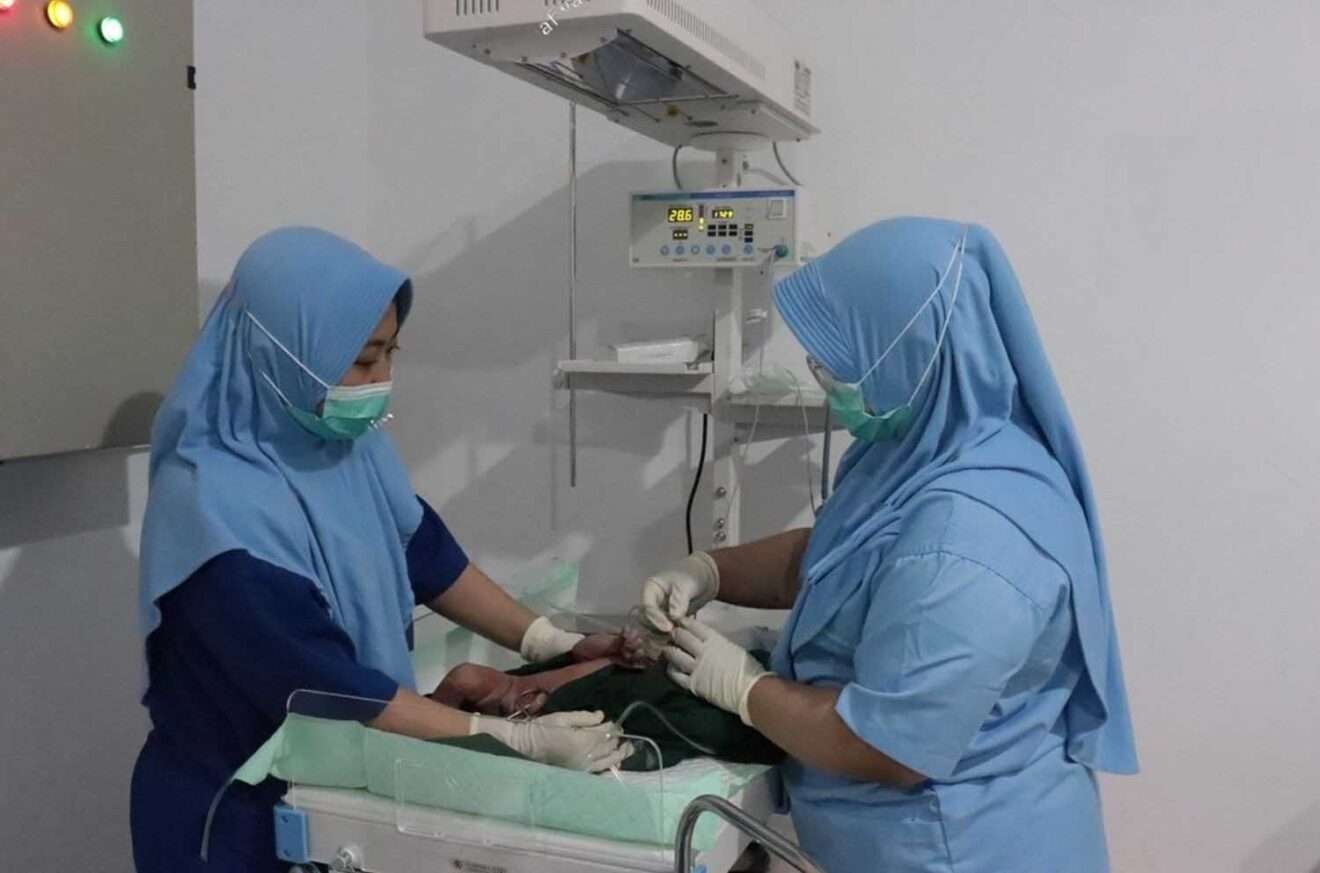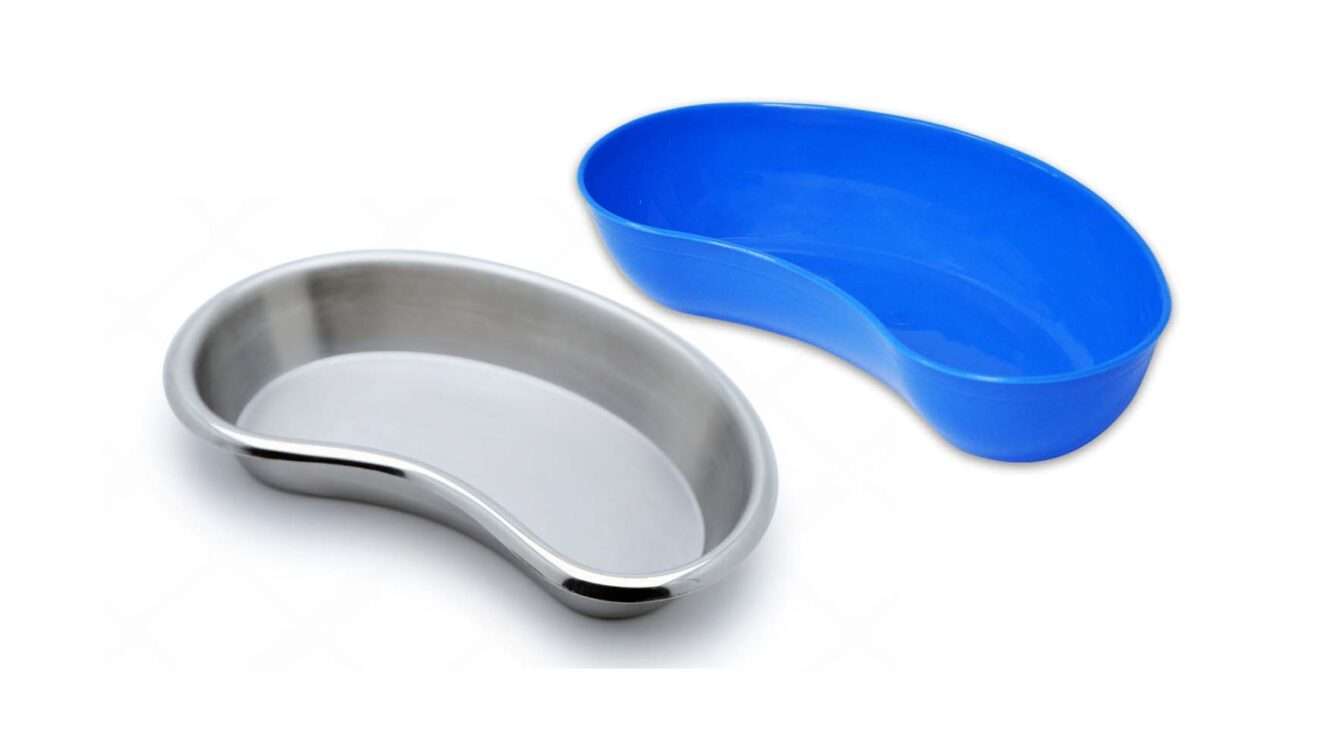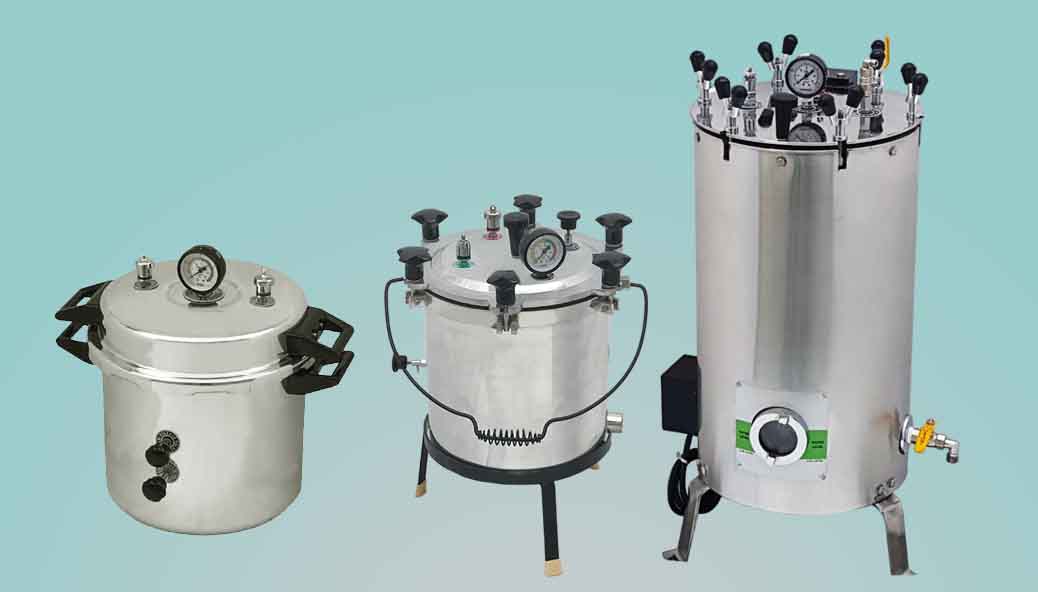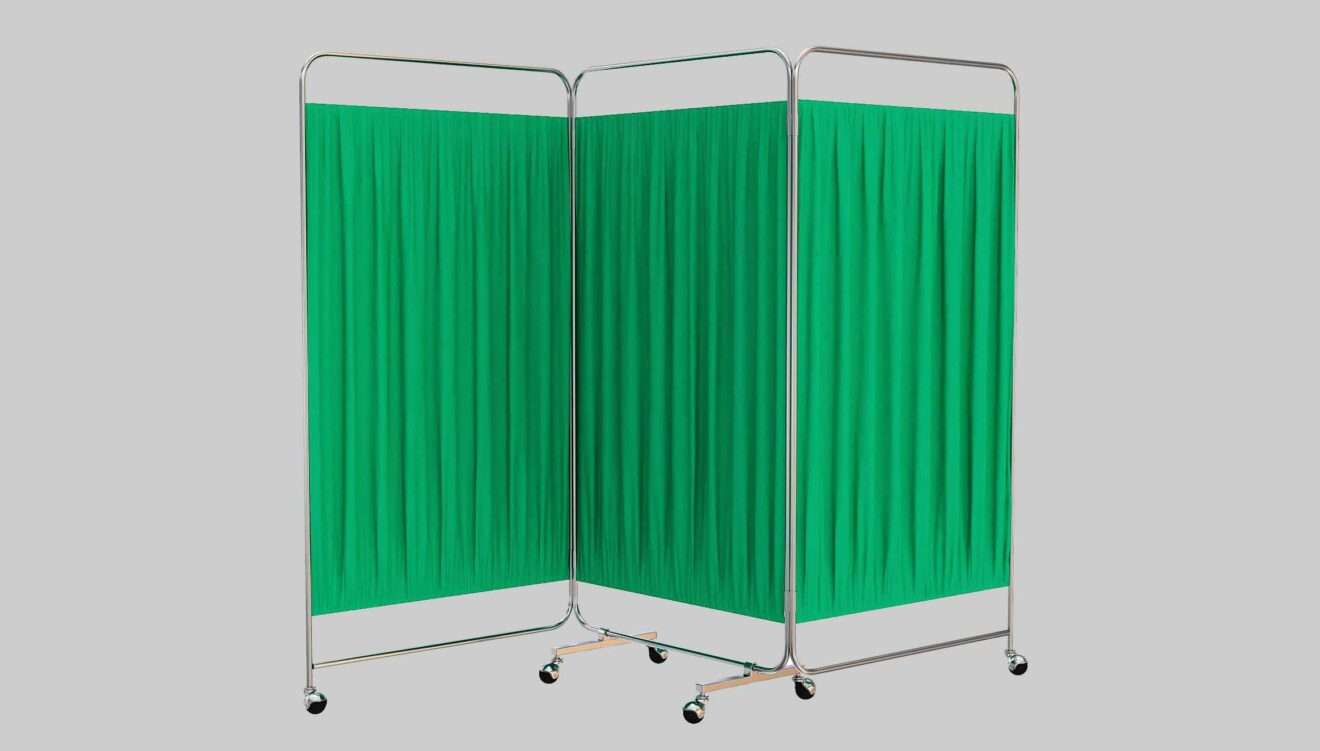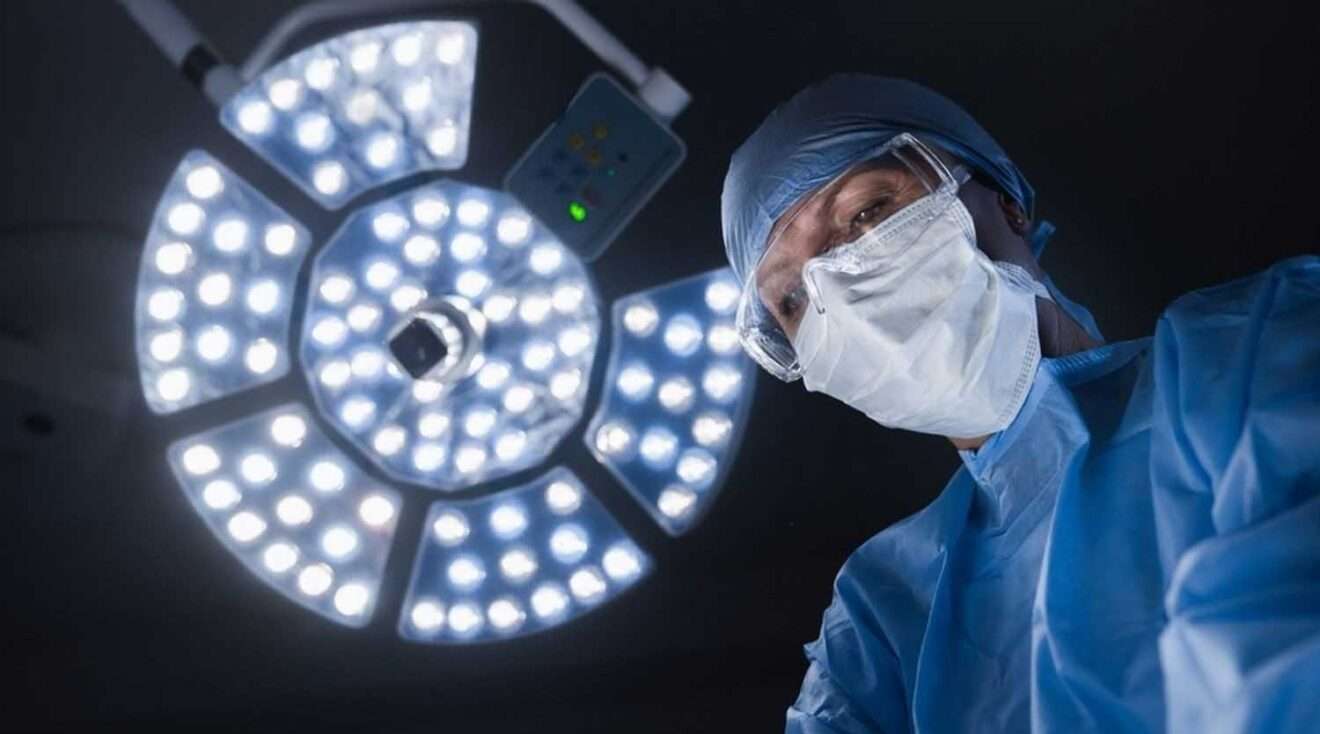Foley Balloon Catheter – Uses and Benefits
A Foley balloon catheter is a flexible, sterile tube used for urinary drainage. It has a small balloon at the tip, which is inflated with sterile water after insertion into the bladder to keep it in place. Uses of Foley Balloon Catheter A Foley catheter is used in various medical situations where urinary drainage or
- Published in Medical Disposables
What is a Rib Belt and its Benefits?
A Rib Belt is a medical support device designed to provide compression and stabilization to the rib cage, usually for individuals recovering from rib fractures, chest injuries, or surgeries. It is typically made of elastic, breathable material with an adjustable Velcro closure to ensure a snug but comfortable fit around the chest. Detailed Benefits of
- Published in Rehabilitation Aids
Surgical Blades – Types, Sizes and Uses
Surgical blades are precision-cutting instruments used in medical procedures for making incisions or excisions. They are typically made of stainless steel or carbon steel and come in various shapes and sizes, each designed for specific types of surgical procedures. Types of Surgical Blades Surgical blades come in various shapes and sizes, each designed for specific
- Published in Surgical Blades
Cholera Bed – Key Features and Purpose
A cholera bed is a specially designed hospital bed used for patients suffering from cholera and severe diarrheal diseases. It features a hole in the center to allow for the direct passage of watery diarrhea into a bucket or container placed underneath. This design helps manage fluid loss efficiently and maintains hygiene while treating patients.
- Published in Cholera Bed
Hospital Holloware – Types and Benefits
Hospital holloware refers to a wide range of reusable medical equipment made primarily of stainless steel, aluminum, or plastic. These products play a crucial role in maintaining hygiene, assisting in patient care, and supporting medical professionals in their daily activities. In India, hospital holloware serves multiple purposes across various healthcare settings, from small clinics to
- Published in Hospital Hollow-ware
The Infant Radiant Warmer: A Comprehensive Guide
An Infant Radiant Warmer is a medical device used to maintain the body temperature of newborns, especially preterm or critically ill infants, who may have difficulty regulating their own temperature. These devices provide a controlled environment that ensures the infant remains warm while allowing easy access for medical interventions. Purpose and Importance Thermoregulation: Newborns, particularly
- Published in Infant Radiant Warmer
Kidney Trays: Types and Benefits
A kidney tray, also known as an emesis basin, is a shallow, curved container that resembles the shape of a kidney. It is commonly used in medical settings, including hospitals, clinics, and first aid environments, for various purposes such as: Collecting Waste: Holding vomit, saliva, or other bodily fluids during medical procedures. Collecting soiled dressings,
- Published in Kidney Trays
What are Laboratory Autoclaves and their types?
A laboratory autoclave is a device used to sterilize equipment, media, and other items in scientific labs through high-pressure saturated steam. The process eliminates bacteria, viruses, fungi, and spores, ensuring a sterile environment for experiments and procedures. How It Works: Loading: Items are placed inside the autoclave chamber, usually in trays or wrapped in special
- Published in Sterilizers and Autoclaves
What are the Types and Uses of Hospital Bedside Screens?
Hospital bedside screens, also known as bedside privacy screens or hospital partitions, are used in healthcare settings to provide privacy, separation, and infection control for patients. They come in various forms, including: Curtain Screens – Mounted on ceiling tracks or rolling frames, these fabric or disposable curtains provide privacy between beds in shared rooms.
- Published in Hospital Furniture
An Overview of Hospital O.T. & Examination Light
Hospital O.T. (Operation Theatre) & Examination Lights are specialized lighting systems designed for medical use, particularly in surgical and diagnostic procedures. These lights provide high-quality illumination to ensure visibility and precision during medical interventions. Below is an overview of their features and purposes: Operation Theatre (O.T.) Lights: O.T. lights are critical in surgical environments, providing
- Published in O.T. & Examination lights
